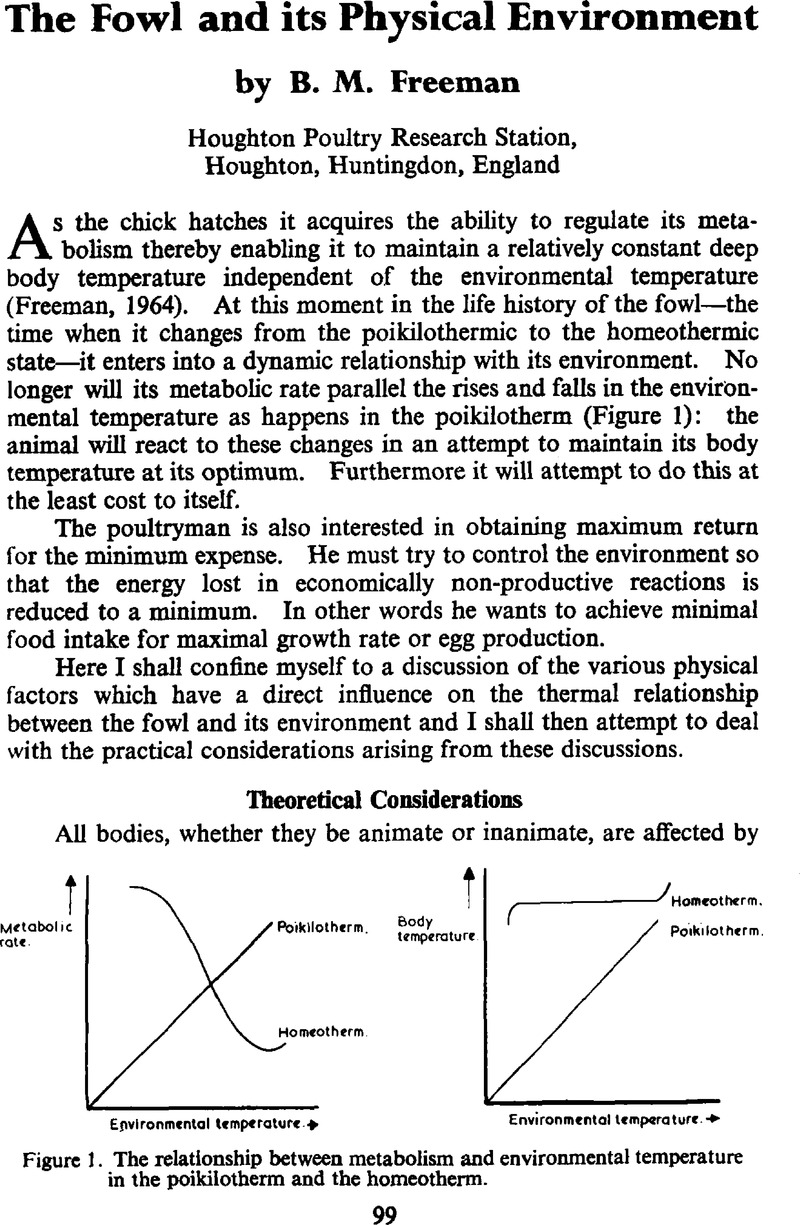Crossref Citations
This article has been cited by the following publications. This list is generated based on data provided by Crossref.
Balnave, D.
1972.
The effect of temperature and length of exposure on liver composition and hepatic lipogenic enzyme activity in the immature male chick (gallus domesticus).
Comparative Biochemistry and Physiology Part B: Comparative Biochemistry,
Vol. 43,
Issue. 4,
p.
999.
Balnave, D
1972.
The influence of environmental temperature on the metabolism and liver composition of the immature male chick.
Comparative Biochemistry and Physiology Part A: Physiology,
Vol. 42,
Issue. 2,
p.
425.
Smith, A. J.
1973.
Some effects of high environmental temperatures on the productivity of laying hens (A review).
Tropical Animal Health and Production,
Vol. 5,
Issue. 4,
p.
259.
El Boushy, A. R.
and
van Marle, A. L.
1978.
The Effect of Climate on Poultry Physiology in Tropics and their Improvement.
World's Poultry Science Journal,
Vol. 34,
Issue. 3,
p.
155.
Donkoh, A.
and
Atuahene, C. C.
1988.
Management of environmental temperature and rations for poultry production in the hot and humid tropics.
International Journal of Biometeorology,
Vol. 32,
Issue. 4,
p.
247.
Al-Saffar, A.A.
and
Rose, S.P.
2002.
Ambient temperature and the egg laying characteristics of laying fowl.
World's Poultry Science Journal,
Vol. 58,
Issue. 3,
p.
317.
Cassuce, Déborah C.
Tinôco, Ilda de F. F.
Baêta, Fernando C.
Zolnier, Sérgio
Cecon, Paulo R.
and
Vieira, Maria de F. A.
2013.
Thermal comfort temperature update for broiler chickens up to 21 days of age.
Engenharia Agrícola,
Vol. 33,
Issue. 1,
p.
28.





